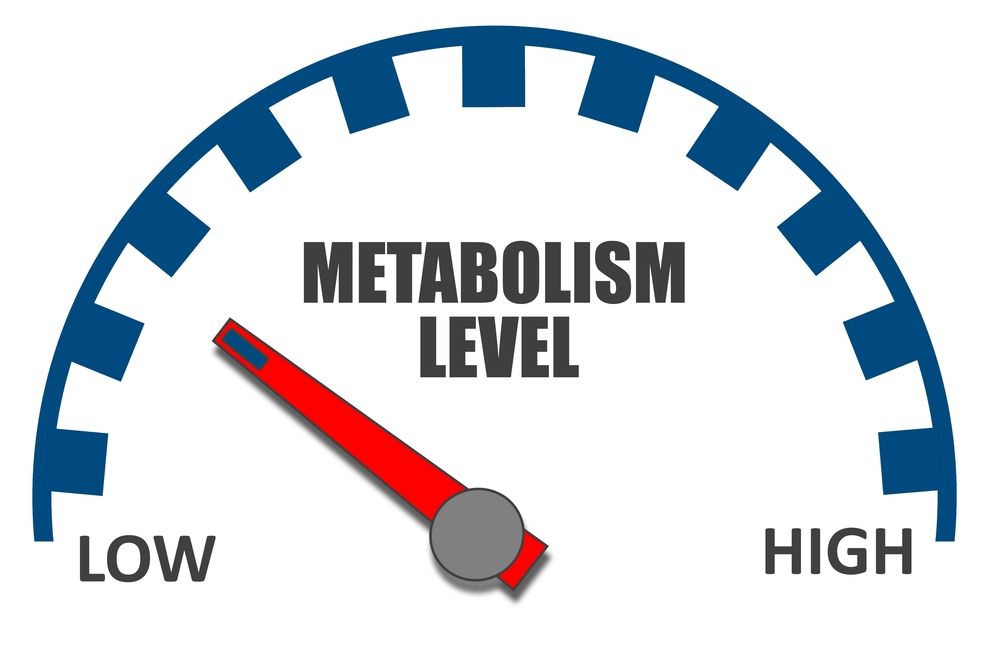Are you middle-aged? Are you slowly putting on weight? Then you might be attributing it to your age. Metabolic rate refers to the rate at which the body burns calories for popper functioning. We generally believe that as we age (especially over 40) our metabolism begins to slow.
According to the latest research paper (published in Science), this is not true. Data was collected from nearly 6,500 people (ranging in age from infancy to elderly), and analysis indicated that resting metabolism remains steady from age 20-60 if you don’t have any disease.
By now you might be thinking about why you’re gaining weight and feel like you have a slow metabolism.
The answer to this is all about your lifestyle, not age. Even though your normal resting metabolic rate might be unchanged, but other factors like the ability to metabolize fat, exercise, sleep, can affect your metabolism.
But you don’t need to worry, this isn’t a daunting task to boost your metabolism. You just have to make lifestyle changes to boost your metabolism, irrespective of your age.
Be active throughout the day
If you feel like your metabolism has slowed as you’re aging, keep track of your activity level thought out the day. Besides various other well-being risks related to continued sitting, professionals argue to consistent sedentary is the major detriment to your metabolism.
According to Edward Coyle (professor of kinesiology and health education at the University of Texas at Austin) “Being inactive during the day evidently decreases fat metabolism,”
Fat metabolism denotes the kind of energy your body burns during resting metabolism.
Coyle has also found in her research that it’s essential to take a minimum of 8,500 steps/day. She also suggests taking these steps throughout the day, rather than all at once so that your body can maintain adequate fat metabolism. And if you are unable to do intense workouts regularly, exercising for few minutes every hour can also help.
To enhance your resting metabolism mix HIIT and strength training workouts in your weekly workout plans. Furthermore, to break your long sedentary periods with little bouts of exercise.
Do the right exercise
Strength training and High-intensity interval training or HIIT have both been shown to improve metabolism significantly. HIIT is an exercise technique that encompasses phases of training intensely (during which you have elevated heart rate) rotated with recovery phases. While with strength training, your muscle mass increases that in turn increases your overall metabolic rate.

Eat more protein
Your body burns caloric energy when it digests food and processes nutrients. But this doesn’t mean you should eat frequently for increasing your metabolic rate. Research reveals that eating protein-based food can boost your metabolic rate by 15% -30%.
Angie Asche, Registered dietician, Eleat Sports Nutrition owner, and author of the book “Fuel Your Body: How to Cook and Eat for Peak Performance,” suggests eating 20 -25 grams of protein after working out (within an hour).
Drink more water
Exploration indicates that drinking half a liter of water can surge resting metabolism by 24%. Additionally, research shows that drinking cold water can enhance metabolic rate much faster because it requires energy to bring it to the body’s temperature.
Sleep well
Sleep is critical for the retrieval and repair of all of the processes that take place in your body. American Academy of Sleep Medicine and Sleep Research Society elaborates that sleeping less than 7 hours regularly is linked to copious negative wellbeing implications, such as diabetes, weight gain, cardiac disease, mental health issues, hypertension, stroke, increased pain sensitivity, impaired performance, and decreased metabolism.
According to the US Centers for Disease Control and Prevention, every 1 in 3 Americans doesn’t have the suggested 7 or more hours of sleep. For boosting metabolism and overall wellbeing one should get enough sleep.




